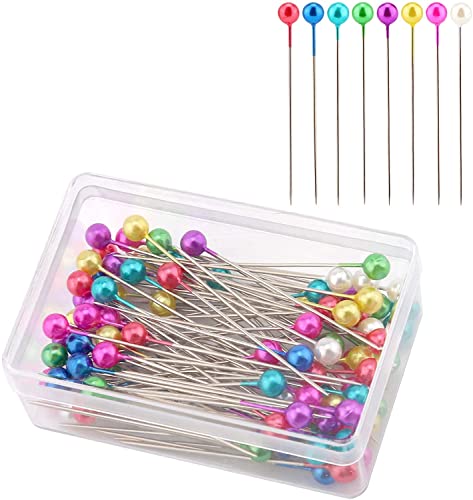Quilting Pins vs Regular Sewing Pins: Understanding the Difference
Quilting is a popular crafting technique that involves sewing together layers of fabric to create unique and decorative designs. Quilting pins play a crucial role in this process, helping to secure the layers of fabric in place while sewing. But how are quilting pins different from regular sewing pins? Let’s explore.
Length and Thickness
One key difference between quilting pins and regular sewing pins is their length and thickness. Quilting pins are typically longer and thicker compared to regular sewing pins. The longer length allows quilters to secure multiple layers of fabric more easily, while the increased thickness provides stability and ensures that the fabric stays put during the sewing process.
Flat Heads
Unlike regular sewing pins, quilting pins often have flat heads. These flat heads make it easier for quilters to grasp and handle the pins, especially when working with multiple layers of thick fabric. The flat heads also minimize distortion of the fabric, preventing any unnecessary pulling or stretching that may occur with round-headed sewing pins.
Sharp Points
Quilting pins are known for their sharp points, which allow them to penetrate multiple layers of fabric without causing any damage or distortion. The sharp points make it easier to slide the pins into place, ensuring that the layers remain aligned and secured throughout the quilting process. Regular sewing pins may not have such sharp points, as they are primarily designed for lighter weight fabrics.
Durability
Quilting pins are often made with durability in mind. Since quilting involves stitching through multiple layers of fabric and often requires repetitive motions, it is crucial for the pins to be strong and long-lasting. Regular sewing pins, on the other hand, may not be as durable and may break or bend more easily when used for quilting.
Heat Resistance
Another difference between quilting pins and regular sewing pins is heat resistance. Quilting often involves ironing the fabric to flatten seams or press open seams, and quilting pins are designed to withstand the heat of an iron. Regular sewing pins may not be able to handle high temperatures, potentially melting or becoming damaged when exposed to heat.
In conclusion, quilting pins are specifically designed for the unique needs of quilting projects. They are longer, thicker, have flat heads, sharp points, and are more durable and heat resistant compared to regular sewing pins. These differences make quilting pins a reliable and essential tool for those who enjoy the art of quilting.






